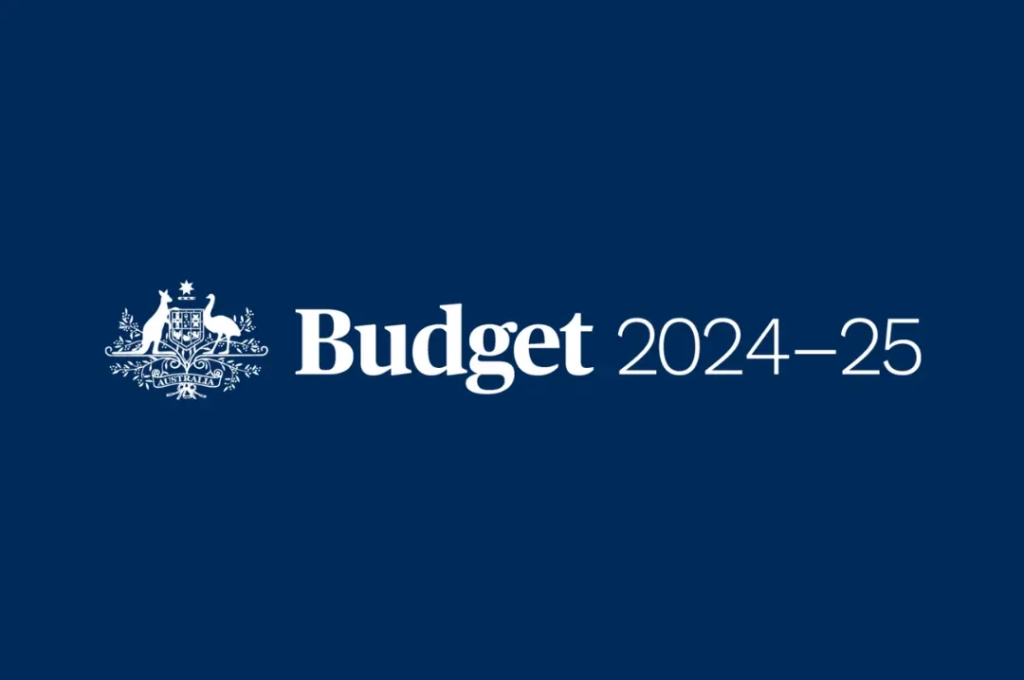Australian Federal Budget 2024-25: What You Need To Know
Table of Contents
ToggleThe Australian Federal Budget for 2024-25 has been unveiled, marking a crucial blueprint for the nation’s economic trajectory. This article delves into the key elements of the budget, providing a comprehensive analysis of its implications for various sectors and demographics.
Overview of the Australian Federal Budget 2024-25
Brief History and Significance
The Federal Budget is a pivotal event in Australia’s economic calendar, outlining the government’s revenue and expenditure plans for the coming fiscal year. Its significance lies in its impact on the nation’s economic health, influencing everything from public services to individual livelihoods.
Key Figures and Projections
The 2024-25 budget projects a modest surplus, driven by strategic spending cuts and increased revenue from various sources. Key figures include a projected GDP growth of 2.5% and an unemployment rate expected to stabilise at 4.2%.
Economic Context
Global Economic Influences
Global economic conditions have a profound impact on Australia’s budget. The ongoing recovery from the COVID-19 pandemic, coupled with geopolitical tensions and trade dynamics, shape the fiscal strategies employed in this budget.
Domestic Economic Conditions
Domestically, the budget responds to current economic conditions characterised by moderate growth, inflationary pressures, and a need for structural reforms. The government’s approach aims to balance immediate recovery efforts with long-term sustainability.
Major Revenue Streams
Taxation Policies
Taxation remains a cornerstone of government revenue. The 2024-25 budget introduces adjustments to income tax brackets and corporate tax rates, designed to enhance fairness and stimulate economic activity.
Other Revenue Sources
Beyond taxation, revenue is bolstered by dividends from government-owned enterprises, royalties from natural resources, and strategic investments. These diverse streams are crucial for maintaining fiscal balance.
Key Expenditures
Healthcare
Healthcare receives a significant allocation, with increased funding for hospitals, mental health services, and aged care. This reflects a commitment to improving public health outcomes and addressing the challenges of an aging population.
Education
The education sector benefits from substantial investment aimed at enhancing infrastructure, supporting teachers, and increasing access to quality education. Emphasis is placed on STEM programs to prepare students for future job markets.
Infrastructure
Infrastructure spending is prioritised to boost economic growth and improve connectivity. Major projects include transport networks, digital infrastructure, and regional development initiatives.
Social Services
Social services, including housing, disability support, and family assistance programs, see increased funding. These measures aim to alleviate poverty and provide a safety net for vulnerable populations.
Changes in Taxation
Personal Income Tax
The budget introduces a phased reduction in personal income tax rates, particularly benefiting middle-income earners. This change is expected to increase disposable income and stimulate consumer spending.
Corporate Tax
Corporate tax reforms include incentives for innovation and investment in green technologies. These measures are designed to foster a competitive business environment and drive sustainable growth.
GST and Indirect Taxes
Adjustments to the Goods and Services Tax (GST) and other indirect taxes aim to streamline the tax system and ensure equitable contribution from all sectors of the economy.
Impact on Small and Medium Enterprises (SMEs)
Financial Support and Incentives
SMEs receive targeted support through grants, low-interest loans, and tax incentives. These initiatives aim to enhance their resilience and capacity for innovation in a competitive market.
Regulatory Changes
The budget includes regulatory reforms to reduce red tape and simplify compliance processes for SMEs. This is expected to lower operational costs and encourage entrepreneurship.
Social Welfare and Support Programs
Unemployment Benefits
Unemployment benefits see a modest increase, along with initiatives to improve job placement services and vocational training programs. These efforts are aimed at reducing long-term unemployment and underemployment.
Pension Adjustments
Pension rates are adjusted to keep pace with inflation and rising living costs, ensuring that retirees can maintain their standard of living.
Environmental Initiatives
Climate Change Policies
The budget outlines comprehensive climate change policies, including emissions reduction targets and support for carbon capture technologies. These initiatives are part of Australia’s commitment to global climate goals.
Renewable Energy Investments
Significant investments in renewable energy projects, such as solar and wind farms, are intended to transition the energy sector towards sustainability and reduce reliance on fossil fuels.
Innovations in Public Spending
Technological Advancements
Public spending on technology aims to modernise government services, improve cybersecurity, and support digital transformation across various sectors.
Research and Development Funding
Increased funding for research and development underscores the government’s commitment to innovation, with a focus on medical research, advanced manufacturing, and clean energy technologies.
Criticisms and Controversies
Political Opposition
The budget has faced criticism from opposition parties, particularly regarding the adequacy of social welfare spending and the fairness of tax reforms. These critiques highlight differing views on economic management and social equity.
Public Opinion
Public reaction to the budget has been mixed, with some praising its focus on health and infrastructure, while others express concerns over potential shortfalls in education and environmental funding.
Conclusion
The Australian Federal Budget 2024-25 is a multifaceted plan aimed at steering the nation through a complex economic landscape. Its balanced approach to revenue generation and expenditure reflects a commitment to growth, sustainability, and social welfare. As the fiscal year unfolds, its true impact will become clearer, shaping the future of Australia’s economy and its people.









